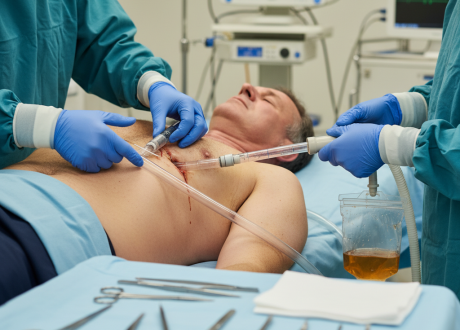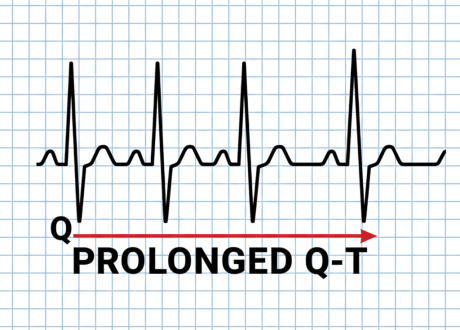Written by Shannon Markus
For acute ischemic stroke patients with recent DOAC ingestion who (1) had their DOAC level measured, (2) had DOAC reversal with idarucizumab, or (3) inadvertently received thrombolytics with DOAC subsequently discovered, there was not evidence of increased significant intracranial hemorrhage associated with off-label thrombolytic therapy.
Whoops, just thrombolysed your thin bloodРђд
One in six patients with acute stroke who would otherwise qualify for IV thrombolysis (IVT) are prescribed direct oral anticoagulants (DOAC). Current guidelines advise against IVT in these patients due to a presumed increased risk of intracranial hemorrhage. The authors aimed to determine the risk of symptomatic ICH (sICH) associated with use of IVT (specifically, alteplase) in an multicenter retrospective cohort study comparing 832 patients with DOAC use within 48h to over 30,000 controls without recent DOAC use. Of the DOAC group, 30.3% received DOAC reversal (all idarucizumab), 27% had DOAC-level measurements, and 42.7% received IVT without measuring levels or reversal (inadvertent IVT with DOAC use subsequently discovered).
Compared with controls, DOAC patients were older, had a higher prevalence of hypertension, had a higher degree of prestroke disability, had a longer time from symptom onset to treatment, experienced more severe stroke, and were more likely to have a large vessel occlusion. Yet surprisingly, after adjustment for stroke severity and other sICH predictors, recent DOAC ingestion was associated with┬аlower┬аodds of sICH after IVT compared with no anticoagulation (aOR 0.57, 95%CI, 0.36-0.92). The unadjusted rate of sICH was 2.5% in DOAC patients compared with 4.1% in controls. After adjustment, DOAC use was not associated with increased risk of sICH, regardless of which selection strategy group the patient was in.
The study likely has significant selection bias toward patients with a low probability for sICH, especially in the subgroup of patients who underwent IVT without confirmed low DOAC plasma levels or reversal. It is also likely underpowered, but the results are still pretty compelling.
How will this change my practice?
While I think unilaterally deciding to give thrombolytics to an acute stroke patient with a currently recognized contraindication would be reckless, these data help me rest a bit more easily if IРђЎm able to confirm low DOAC plasma level, reverse a patientРђЎs anticoagulation, or find out after theyРђЎve been given a thrombolytic that they recently took their DOAC. Since several former contraindications to thrombolytics have been eliminated or relaxed, I wouldnРђЎt be surprised if there was future consensus that DOACs arenРђЎt a contraindication to IVT after all.
Source
Intravenous Thrombolysis in Patients With Ischemic Stroke and Recent Ingestion of Direct Oral Anticoagulants.┬аJAMA Neurol. 2023 Mar 1;80(3):233-243. doi: 10.1001/jamaneurol.2022.4782. Erratum in: JAMA Neurol. 2023 Apr 1;80(4):422. doi: 10.1001/jamaneurol.2022.5395. PMID: 36807495; PMCID: PMC9857462.









